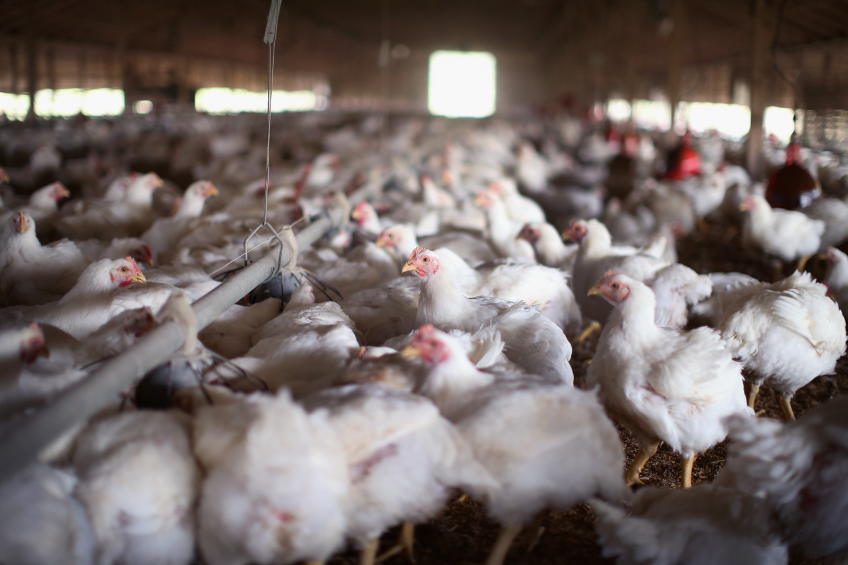Potential biomarkers of broiler gut health identified

US researchers from Novus International and the University of Arkansas have used coccidiosis over-vaccination to trigger a gut health challenge in broiler chickens fed a wheat–barley–rye diet.
Alternative grains, such as wheat, barley and rye which are high in non-starch polysaccharides (NSP), can have a substantial negative impact on monogastric digestion and animal performance.
Major economic implications
Chickens have little or no intrinsic enzymes capable of hydrolyzing these NSP, leading to restricted digestibility of feed ingredients and significant reductions in growth. Undigested feed ingredients in the gut provide nutrients for bacteria overgrowth in the hind gut, which can lead to dysbacteriosis. High NSP diets have also been associated with bacterial diseases that have major economic implications in broiler chickens.
The recent research study entitled “Identification of potential biomarkers for gut barrier failure in broiler chickens,” published in Frontiers in Veterinary Sciences, showed that the overall growth performance and feed efficiency were severely reduced by this gut barrier failure (GBF) model. These results are in agreement with previous studies that concluded high NSP diets compromised growth performance in chickens.
Biomarkers useful for monitoring poultry health
The purpose of the study was not to determine the individual effects of diet ingredients or coccidia challenge, but rather to determine potential biomarkers that may be used to define GBF in future studies. Biomarkers could be useful to monitor poultry health and understand disease mechanisms.
“This research demonstrates Novus’s commitment to the understanding of basic physiological and metabolic processes in poultry,” commented Jeffery Escobar, executive manager of Physiology Research at Novus. “The results of this study will allow scientists at Novus, academia, and other poultry researchers to perform better evaluations of gut health parameters and enhance the ability to test solutions, which can translate into safer poultry products for human consumption.”













